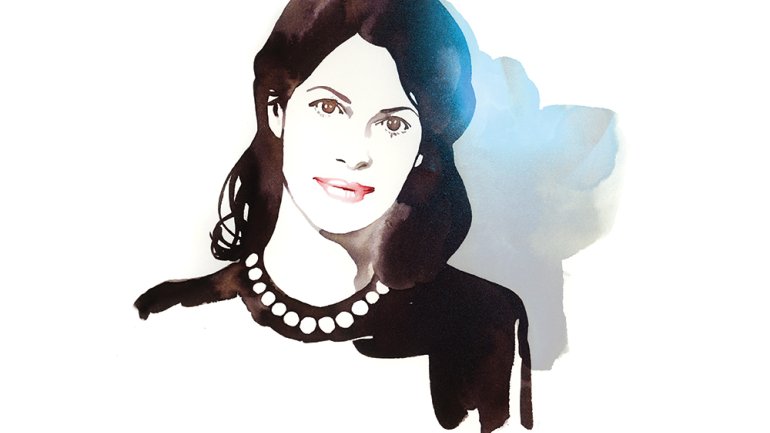In a New Light
In a New Light
Nora Atkinson began as the Lloyd Herman curator of craft at the Smithsonian’s Renwick Gallery in March 2014. But because the museum has been undergoing renovation for two years, she never worked in the Renwick space. Since her tenure began, Atkinson has been busily preparing for the July 2016 reinstallation of the permanent collection, an exhibition encompassing some 90 objects – without ready access to the objects or the space.
All of that changed on November 13, when the museum reopened, offering 21st-century infrastructure in a carefully restored 19th-century building. Drop ceilings are gone, replaced by long-concealed vaulted ceilings. Five windows have been uncovered, letting in more natural light. Energy efficiency and lighting have been upgraded throughout. An opening exhibition, “Wonder,” curated by Atkinson’s colleague Nicholas R. Bell, presents large-scale site-specific installations by nine major contemporary artists.
Leading up to the big day, we asked Atkinson to tell us what she looks forward to in the renovated space and the reinstalled permanent collection.
How do you think the renovation will change your work?
It’s going to be really fantastic to be working in the building. It’s been kind of an exercise in imagination to put together shows for a space that I’m not so intimately familiar with. And we’ve really never seen the building this way. It’s a major transformation.
Do you have a favorite aspect of the renovation?
I think the thing that I’m most excited about is uncovering all the windows and seeing what kind of effect that’s going to have on the galleries. I think it’s going to look really grand.
I’m also excited about Nicholas’ show, because I don’t think the Renwick has ever done such massive installations that really take advantage of those spaces. It’s going to be fun to see how people react to those.
How did you get started on the reinstallation?
I pitched a bunch of ideas, and the one that we went with stuck because we really wanted to get away from looking at things strictly by medium or strictly by period. We wanted to mix things up.
We have a lot of interesting pieces that are early 20th-century. And we have quite a lot of interesting newer work. And we just wanted to see all of those together to see how they bounce off of each other.
Your approach to putting the objects together has been inspired by the internet. Tell us about that.
The internet defines the way that we learn today. The way that we get online and we research something through hyperlinks – we basically go along with our own thoughts at the moment. We follow our own associations. We just move fluidly through the space. The idea behind the show is to provide a freer way of looking at things, to be able to jump from object to object and from idea to idea the way that we do on the internet, more fluidly than you would normally do in an exhibition.
How do you encourage people to jump from thing to thing the way you would on the internet?
That’s the big challenge. When you walk in, there will be certain objects that have very obvious similarities. Some of them might be visually similar, and some might be connected in a more underlying way. The approach will be through a combination of visual cues and label cues – I think there will be entry points for almost anyone. Most of the objects in the room tell layered, multiple stories. The people who visit will find their own way through the galleries.
Can you give an example of two objects associated in this reinstallation that people might not ordinarily think of as linked?
There’s an Anni Albers piece, Ancient Writing, which I’m including in the show. And I’m including that next to a couple of pieces that I thought were really intriguing pieces that hark back to Anni’s teaching in the Bauhaus school. There’s an Erik and Martin Demaine paper sculpture, for example. The technique they use to fold paper was developed at the Bauhaus school; the first recorded sculptures like it were in one of Josef Albers’ classes. That’s an unusual connection.
What else guided you?
Diversity is really the key in every way to this exhibition. It’s easy to bring together two pieces of glass by two different glass artists. It’s more difficult to bring together a glass piece and a fiber piece from different eras. But I think those are the more challenging and interesting connections. There will be a lot of opportunities to find connections, even for people who’ve never seen craft.
How do you draw those people who’ve never seen craft?
Well, we have a brand-new museum. It’s the perfect size for a short visit.
Monica Moses is American Craft’s editor in chief.

